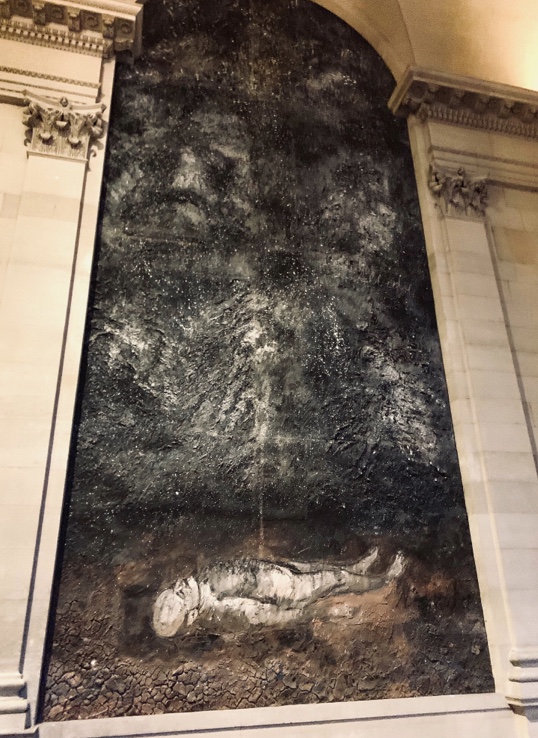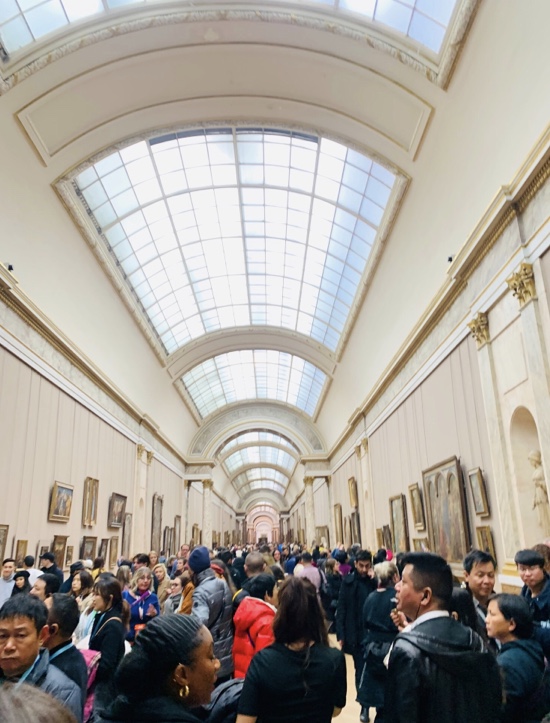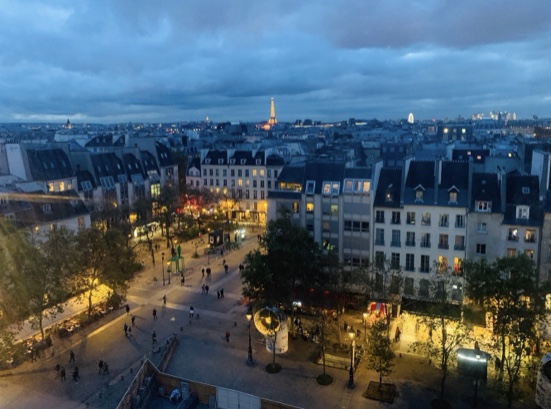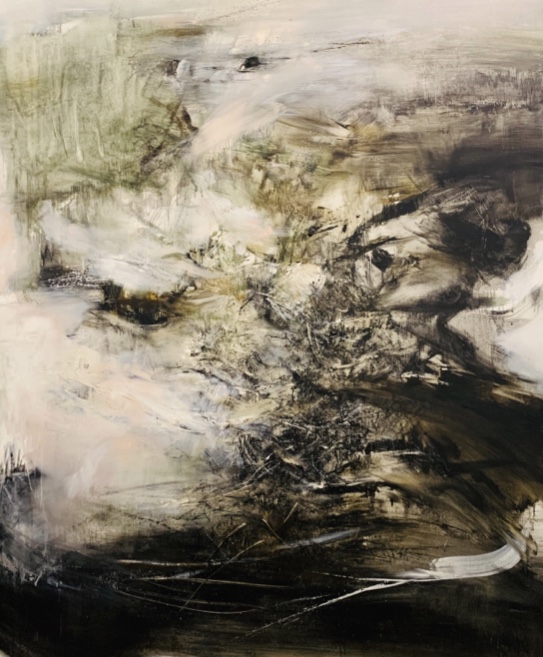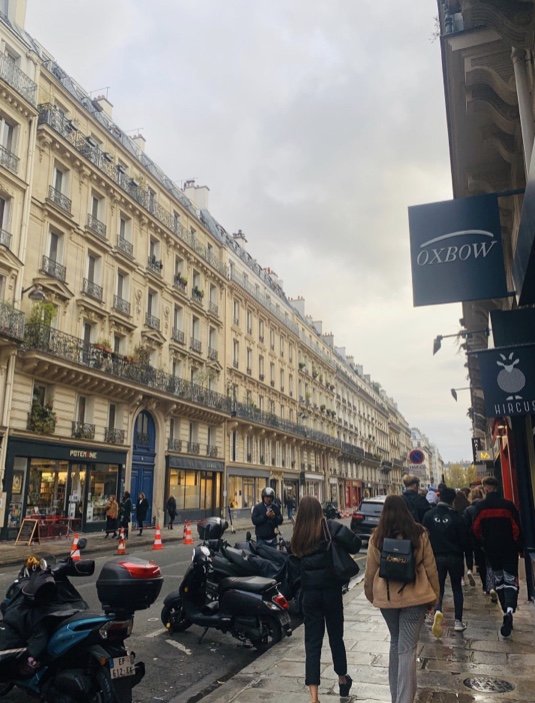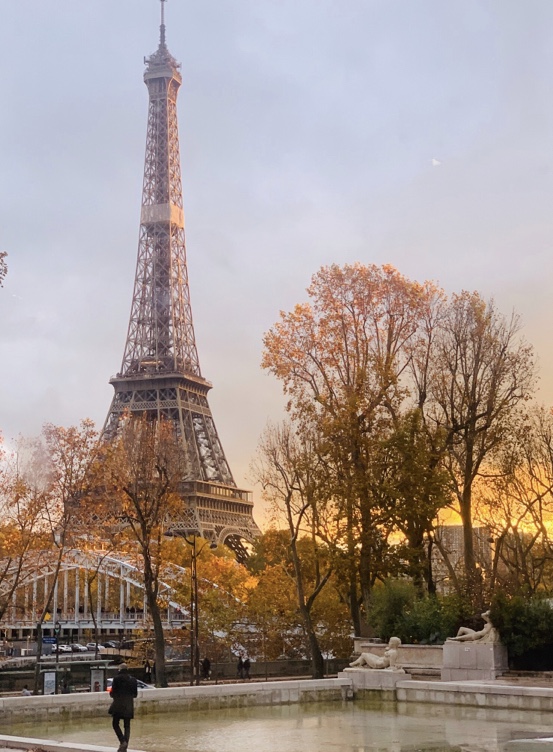ART: Learning from the masters of modern art
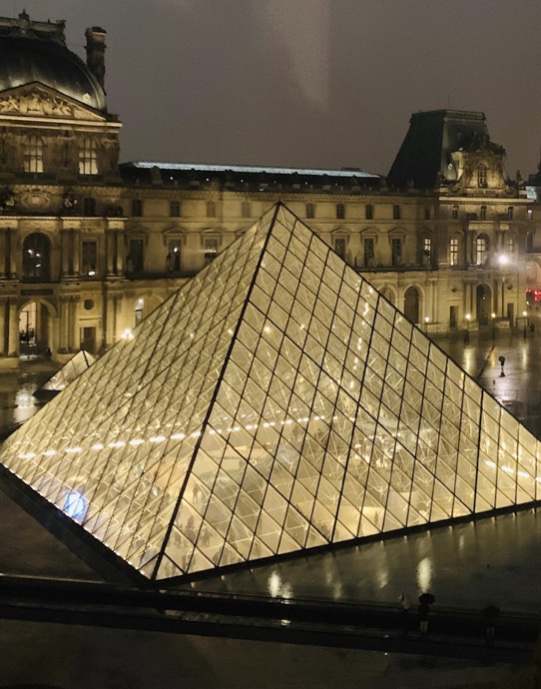
Sixth form art students found plenty to inspire them during a tour of Paris art galleries. EMILY KOSCIK-JONES reports on how they picked up lots of tips on paint techniques and use of colour from the masters of modern art
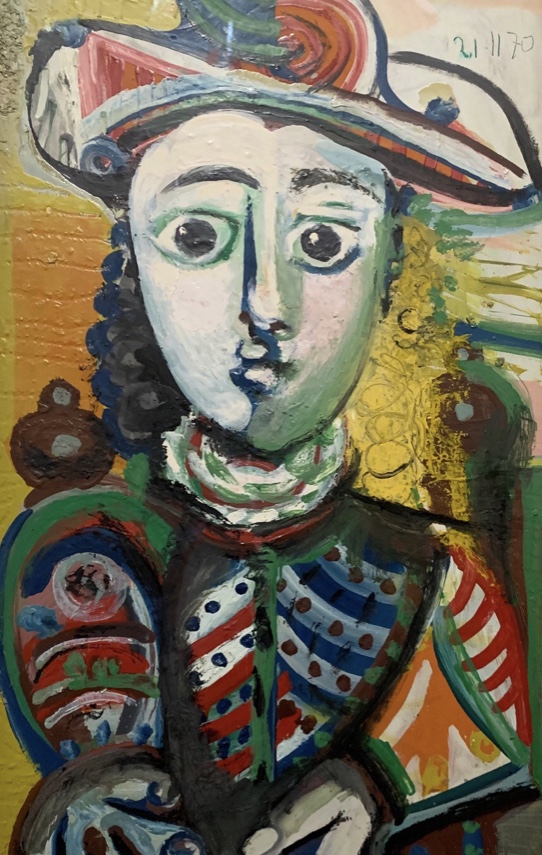
UPPER sixth form art students travelled to Paris to explore the work of iconic artists such as Monet, Kiefer and Picasso.
We spent the first day at the Pompidou Centre, famous for its post-modernist architecture, and visited the Francis Bacon exhibition as well as having free time to observe and research artists relevant to our chosen essay titles, whilst also taking our own photographs to use as development for our A-level exam pieces.
On the first night we walked through the streets of Paris and were able to develop an understanding of French culture and the importance of art to the country. What I found interesting was the respect the locals showed towards the art galleries as if they were an almost spiritual experience that they were devoted to. We learnt that the respect the culture has for the creative arts greatly differs from that in England.
Despite the miserable November rain, on the Friday morning our group caught the metro to the Marais district of Paris to visit the Musée Picasso, containing over 5,000 works from the master of Cubism, including the famous 1901 painting Self-Portrait, depicting a young Picasso. We were given time to venture around the museum and copy from areas of the work that inspired us which could be useful for developing ideas and techniques.
In the afternoon we visited the iconic Louvre Museum, home, of course, to arguably the most famous painting in the world, Leonardo Da Vinci’s Mona Lisa, as well as other legendary masterpieces from sensational artists such as Caravaggio and Michelangelo.
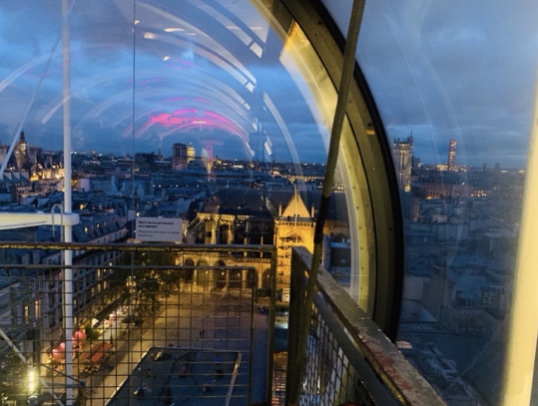
I personally found it hard to comprehend that we were actually seeing the artworks in person and had the privilege of standing in front of and sketching from some of the most famous works of art in the world.
My favourite piece was Athanor by Anselm Kiefer, 30 feet high and 15 feet wide, depicting a figure laying under a sky filled with stars, the first permanent installation in the gallery since Georges Braque’s ceiling painting in 1953.
We also experienced a variety of traditional French cuisine when dining at the 1896 historical monument The Bouillon Chartier, renowned for its Parisienne authenticity and belle époque decorative style. A well-known tourist attraction, the restaurant was certainly atmospheric, and we had to wait in a long queue to get inside the hundred-year-old building where we were served by a frenzy of busy waiters, the reasonably-priced food including delicacies such as snails.
The next morning, we walked to the Left Bank of the Seine to visit the former Gare d’Orsay railway station, the Musée d’Orsay, which is home to the largest collections of Impressionist and Post-Impressionist art in the world, filled with masterpieces from Monet, Cézanne and Van Gogh to name only a few. We had the opportunity to visit the Degas exhibition as well as see other acclaimed pieces in the Musée de l’Orangerie which holds the famous Water Lilies by Claude Monet.
Finally, we visited the Musée d'Art Moderne, which holds a variety of paintings, sculptures and interactive art works. Whilst there, I found more abstract works of art perfect in providing inspiration for paint techniques and use of colour, which was again useful for our compositional work in our sketchbooks.
By the end of the trip we had walked over thirty miles, taken hundreds of photographs and collected lots of inspiration for our own final compositions, as well as making lots of great memories.
